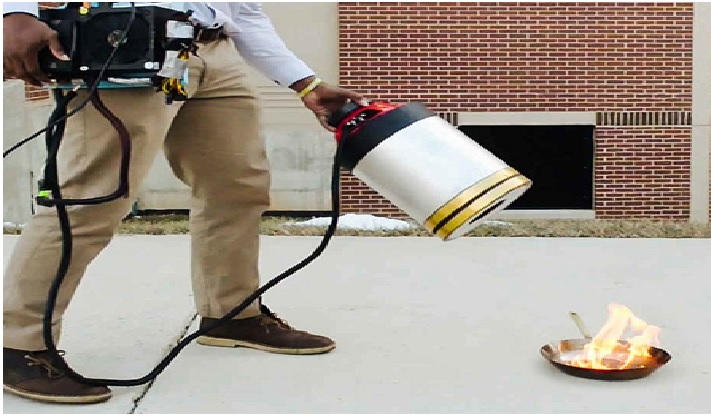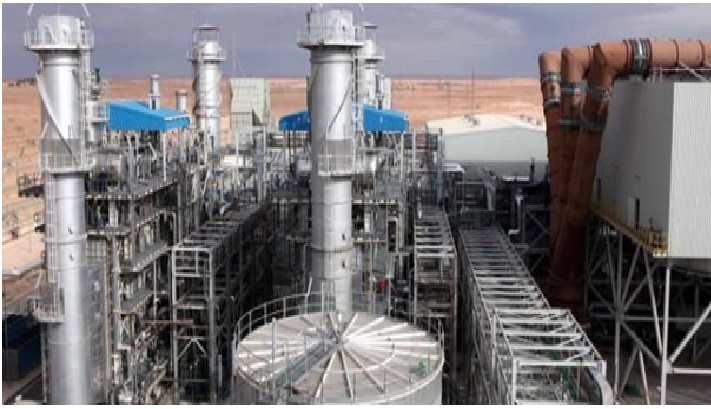The Sound Technology of Drowning Fire
Amid the growing devastation, technology offers a promising solution once deemed impossible: Extinguishing wildfires with sound waves. [1] The breakthrough came in 2015, when two undergraduate engineering students, Seth Robertson and Viet Tran, created an acoustic fire extinguisher for their senior design project at George Mason University.

Figure 1: The Chemical-free sound wave fire [2]
Initially created to put out small kitchen fires, the acoustic extinguisher quickly went viral as shown in figure 1. Today, the duo is consulting with ARSAC, which licensed their invention with the goal of scaling it to fight large wildfires.
Interest in ARSAC’s acoustic technology is global, says Dhillon, including queries from France when the Notre Dame Cathedral caught fire in 2019, and, more recently, from Australia as the country faced its worst wildfire season in decades.
“The massive recognition of this project has always been a nice perk, but the fact that we’re able to impact the world in a good way with our work and passion is the most rewarding thing,” says Tran. Both he and Robertson have since graduated and now work for private defense companies.
The basic concept, Tran said, is that sound waves are also “pressure waves, and they displace some of the oxygen” as they travel through the air. [3] Oxygen, we all recall from high school chemistry, fuels fire. At a certain frequency, the sound waves “separate the oxygen from the fuel. The pressure wave is going back and forth, and that agitates where the air is. That specific space is enough to keep the fire from reigniting.”
So the trial and error began. They placed flaming rubbing alcohol next to a large subwoofer and found that it wasn’t necessarily all about that bass, musically speaking, at least. “Music isn’t really good,” Robertson said, “because it doesn’t stay consistent.”
A possible complication may lie in the heat inherent in larger blazes. As the sonic extinguisher contains no coolant, it may be unable to prevent larger fires from reigniting after the sound is turned off. [4] However, their duo’s work could potentially be applied to “swarm robotics where the device would be attached to a drone”, to be used in situations such as large forest fires or urban blazes, thereby improving safety for firefighters.
However, when they discovered the power of the bass frequency in putting out the flame, their perseverance paid off. Since sound waves can move oxygen and fire through pressure from their vibrations, this specific frequency of sound wave works to separate the flame molecules from the surrounding oxygen, [5] effectively starving the fire and snuffing out the flame.
While there is some risk of the fire reigniting once the oxygen returns to the area (aka, when the device is turned off), the potential benefits are extensive: users would not be exposed to potentially toxic chemicals found in some extinguishers, nearby equipment could be damaged, and other people could be impacted. Acoustic fire suppression technology is clean and efficient, and devices never have to be “refilled.”
References:
- https://www.dell.com/en-us/perspectives/fighting-fire-with-bass-using-sound-waves-to-drown-flames/
- https://www.thisiswhyimbroke.com/sound-powered-fire-extinguisher/
- https://www.theguardian.com/science/2015/mar/27/students-fire-extinguisher-sound-waves
- https://physicsworld.com/a/dousing-flames-with-low-frequency-sound-waves/
Cite this article:
Vinotha D (2022), The Sound Technology of Drowning Fire, AnaTechMaz, pp.182















